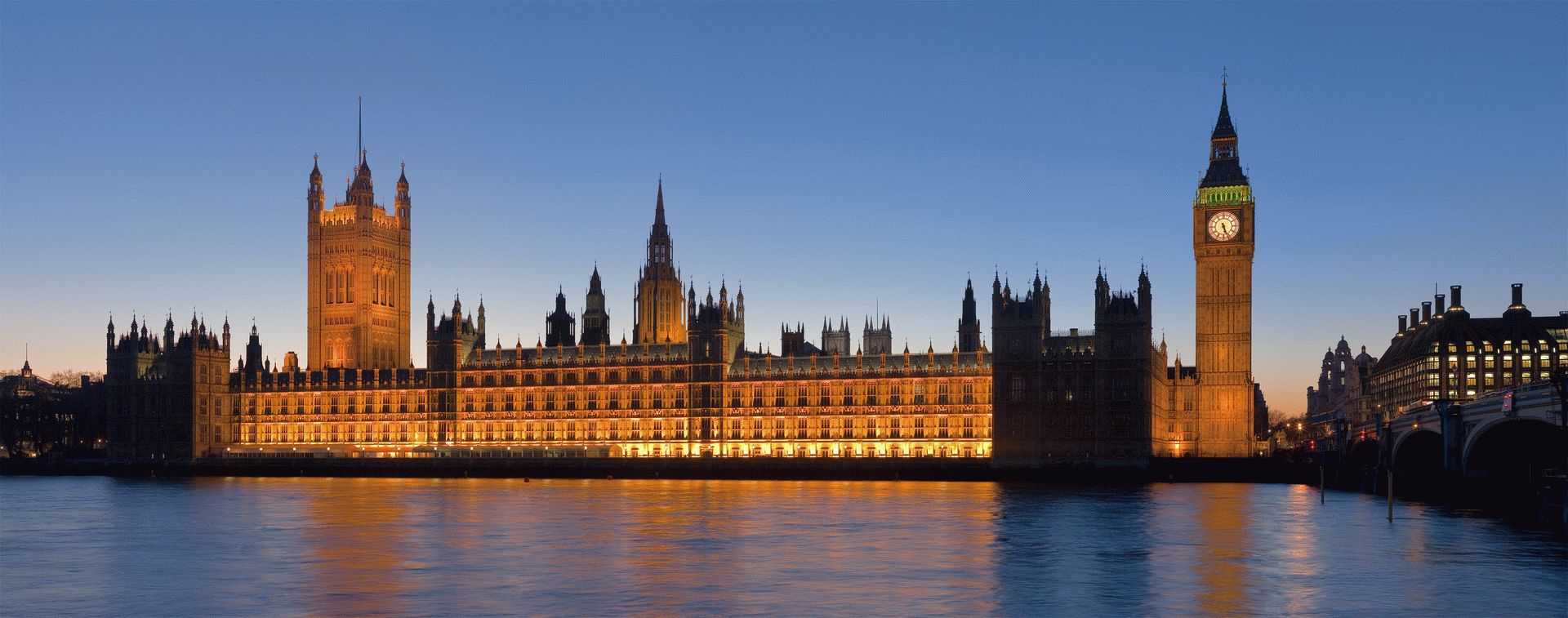By Andrew Mackenzie, Head of Policy & Communications, The Physiological Society
It is another important week in UK science policy. The Government has announced that it is establishing a new National Science and Technology Council, chaired by the Prime Minister, which shows a desire to put science at the heart of cross Government decision-making.
The Government says this Council has three broad aims:
- Provide strategic direction on the use of science to tackle big societal challenges;
- Support ‘levelling up’ across the country;
- Boost prosperity around the world.
The Government’s view is that while the UK is very good at research, with world-leading research being carried out at our universities, we are lacking the broader infrastructure and ecosystem to fully capitalise on it at speed and scale. They provide examples such as vaccine delivery or 5G, where although we had the science we didn’t have the industry in the UK. As Chief Scientific Advisor, Sir Patrick Vallance, noted at Parliamentary Links Day this week, this was not through specific policy choices but due to ‘benign neglect’. Their hope is that by providing this greater Government led coordination they can ensure all pieces of the complex puzzle are in place to maximise R&D opportunities: from financial incentives through to sensible regulation and proactive public procurement. We highlighted some ways in which this could happen in physiology in our recent report ‘Translating Knowledge and Research into Impact’.
This will require Government to make decisions about what to pull through and focus attention on.
We have seen with the Industrial Strategy how this can be a helpful stimulus and provide a focal point for public policy. However, we also – arguably – have seen some of the risks that presents, with investment sometimes directed at areas of research where quick wins can be generated as opposed to longer term, less certain outcomes.
Given the enormous challenges facing the UK and the world, from preparing for the next pandemic to climate change and our ageing populations, this coordinated activity is to be welcomed. Mobilising the whole machinery of Government alongside the private sector will be required if we are to have any chance to scale up at the speed we need.
However, it is also important that this increase in coordinated activity does not come at the expense of discovery science. Our capacity to think long term, take risks and follow interesting scientific lines of inquiry without a clear end destination must not be squeezed out. We don’t know what we don’t know, and the next game-changing discovery will likely come from somewhere we can’t yet predict or map out. Therefore this new Council must work well alongside existing components of the R&D ecosystem, complementing rather than competing.
The Government has ‘talked the talk’ on science. This week’s announcement follows commitments to spend £22 billion of public money by 2025 and reach total R&D investment of 2.4% by 2027. That is all extremely welcome. No one can doubt that this is a Government that puts science at the heart of its thinking. However, we still need to see them ‘walk the walk’. Eleventh hour decisions on R&D funding and cuts to ODA spending have not been confidence inspiring. The true test of the Government’s commitment will not be measured by structure changes or manifesto statements, but when it gets down to difficult decisions on where to spend precious resources in coming years do they honour their promises and choose to invest in R&D?
